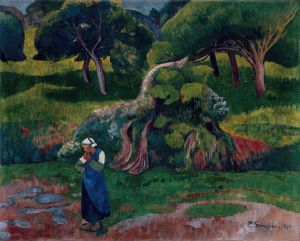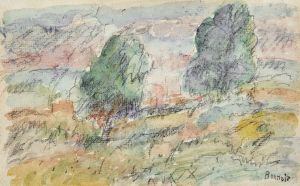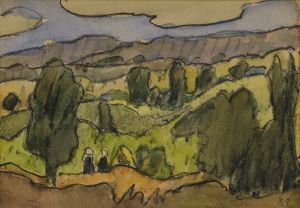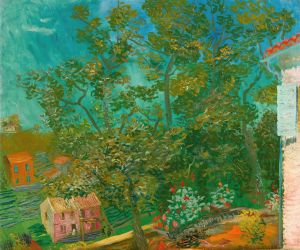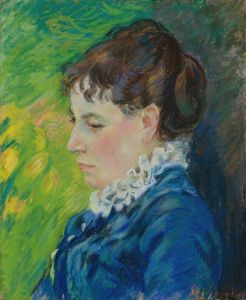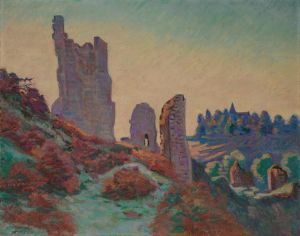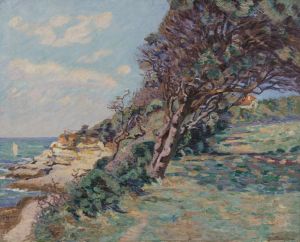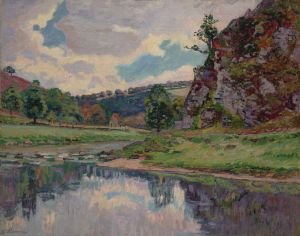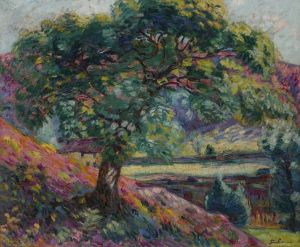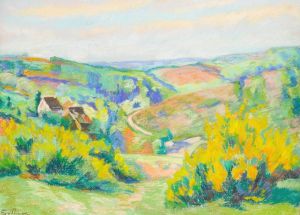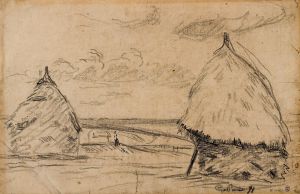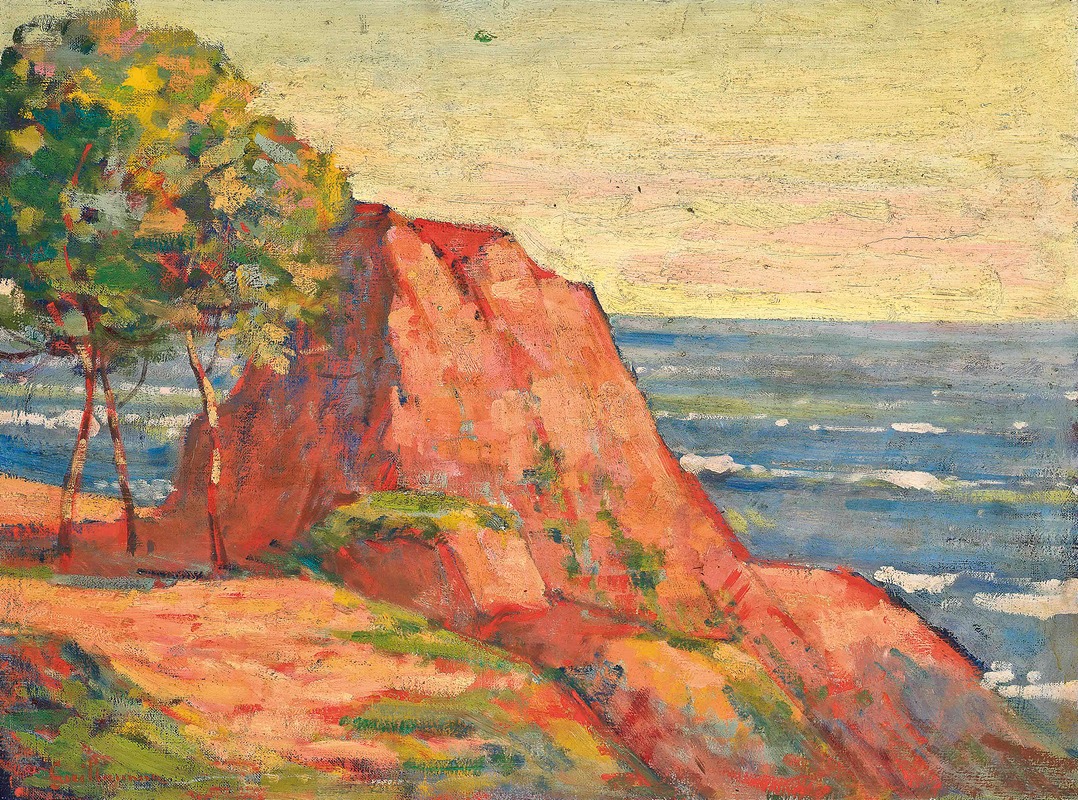
Les roches rouges à Agay
A hand-painted replica of Armand Guillaumin’s masterpiece Les roches rouges à Agay, meticulously crafted by professional artists to capture the true essence of the original. Each piece is created with museum-quality canvas and rare mineral pigments, carefully painted by experienced artists with delicate brushstrokes and rich, layered colors to perfectly recreate the texture of the original artwork. Unlike machine-printed reproductions, this hand-painted version brings the painting to life, infused with the artist’s emotions and skill in every stroke. Whether for personal collection or home decoration, it instantly elevates the artistic atmosphere of any space.
Armand Guillaumin's Les Roches Rouges à Agay (translated as The Red Rocks at Agay) is a notable example of the artist's work within the Impressionist and Post-Impressionist movements. Guillaumin, a French painter born in 1841 and active until his death in 1927, was known for his vibrant use of color and his dedication to capturing the natural landscapes of France. This particular painting depicts the striking red rock formations near Agay, a small coastal village on the French Riviera, located in the Provence-Alpes-Côte d'Azur region.
The painting is celebrated for its vivid palette and dynamic brushwork, which reflect Guillaumin's ability to convey the intensity of natural light and the unique geological features of the region. The red rocks, a characteristic feature of the Esterel Massif, are rendered in warm, fiery tones, contrasting with the cooler blues and greens of the surrounding sea and vegetation. This interplay of colors exemplifies Guillaumin's mastery of light and his commitment to plein air painting, a technique that involves working outdoors to capture the immediate effects of light and atmosphere.
Guillaumin was a contemporary of other prominent Impressionist painters, including Claude Monet, Camille Pissarro, and Pierre-Auguste Renoir. While he was not as commercially successful as some of his peers during his lifetime, his work has gained recognition for its bold use of color and its influence on later artistic movements. Guillaumin's connection to the Impressionist group is evident in his focus on natural landscapes and his interest in the changing effects of light, though his use of more intense and saturated colors also aligns him with Post-Impressionist tendencies.
Les Roches Rouges à Agay is one of many works in which Guillaumin explored the landscapes of southern France. His travels to the region allowed him to study its unique topography and vibrant light, which became recurring themes in his oeuvre. The painting is often cited as an example of his ability to capture the essence of a specific location while imbuing it with a sense of timeless beauty.
Today, Guillaumin's works, including Les Roches Rouges à Agay, are held in various public and private collections around the world. They continue to be appreciated for their contribution to the development of modern landscape painting and their celebration of the natural beauty of France.





